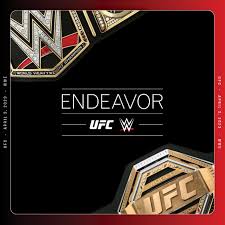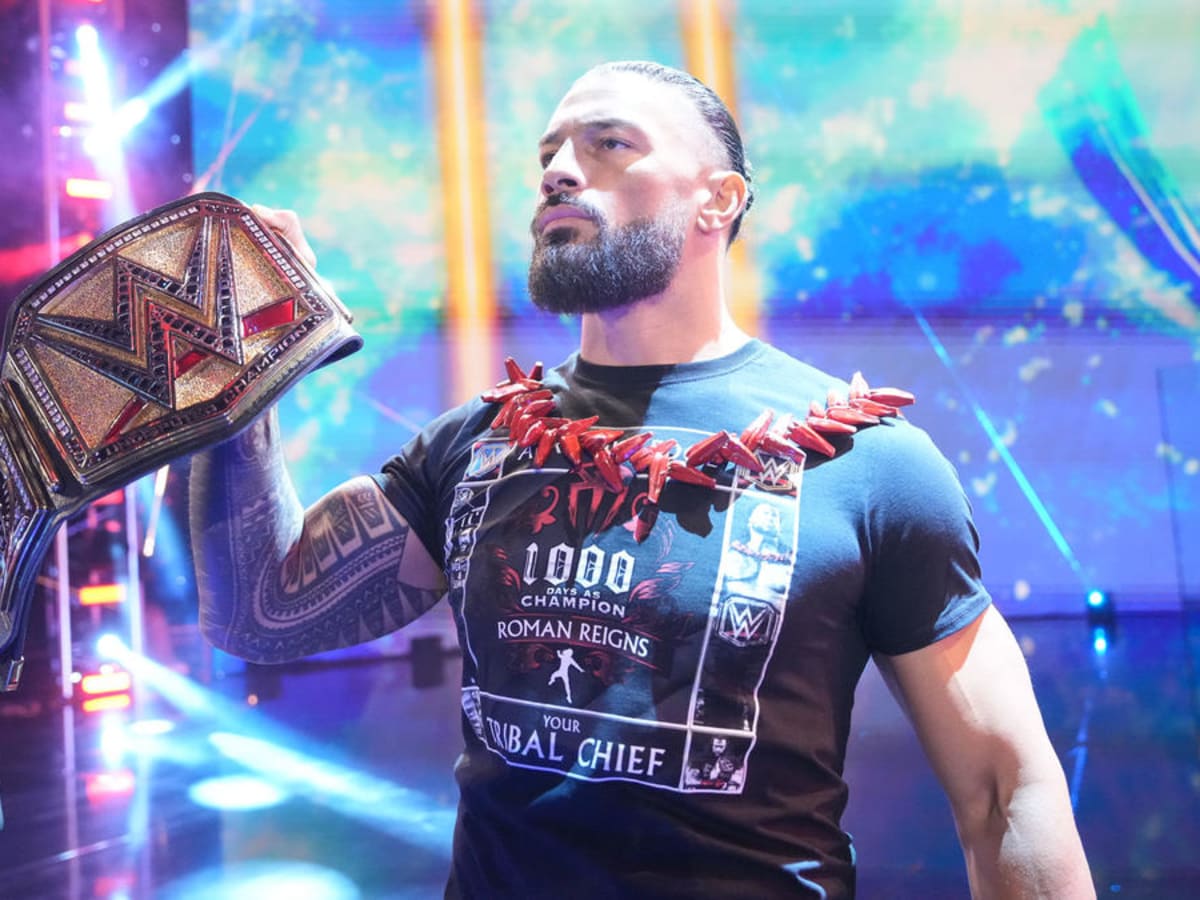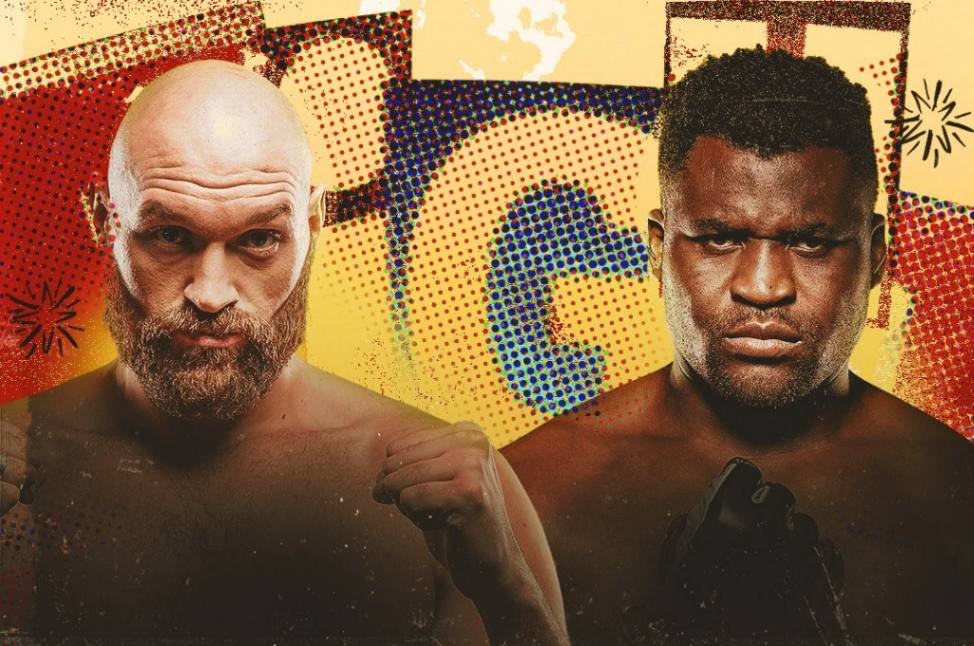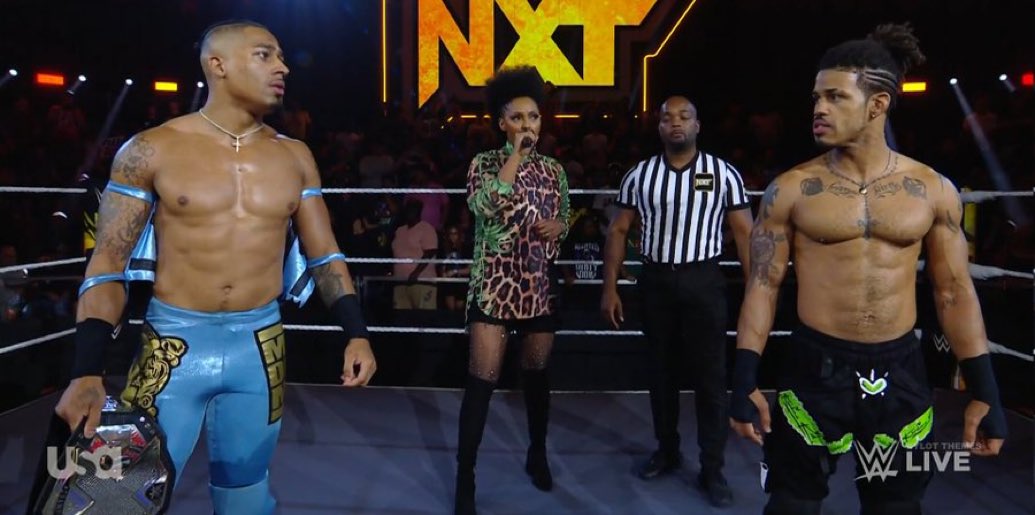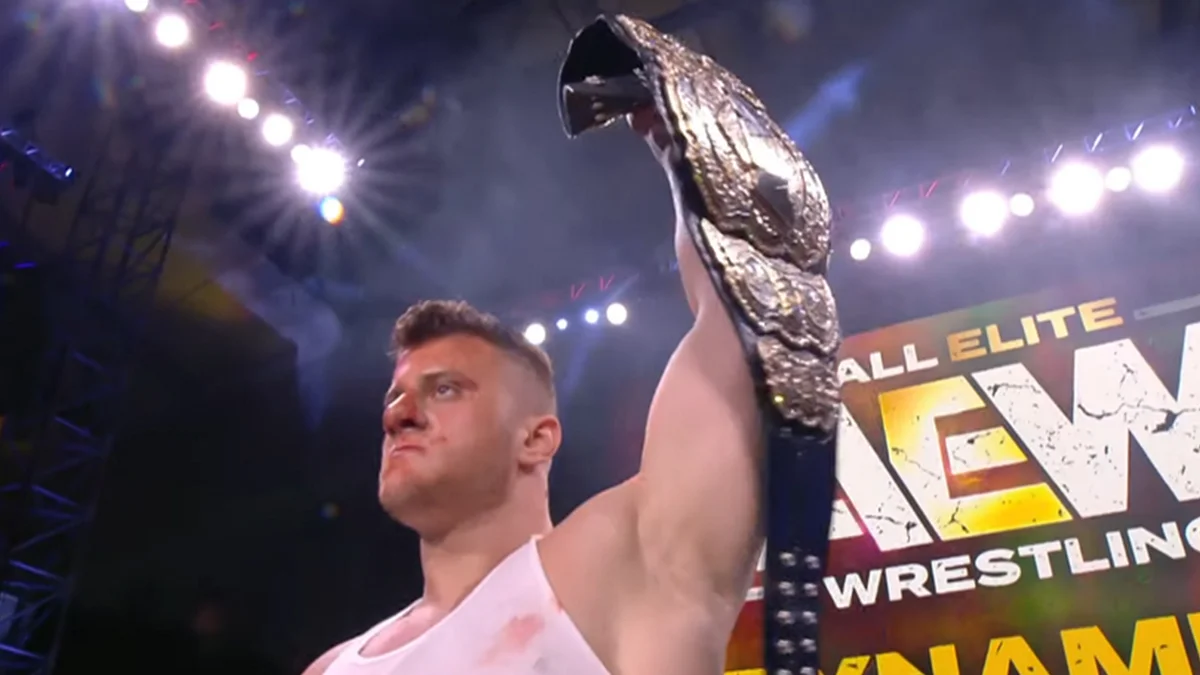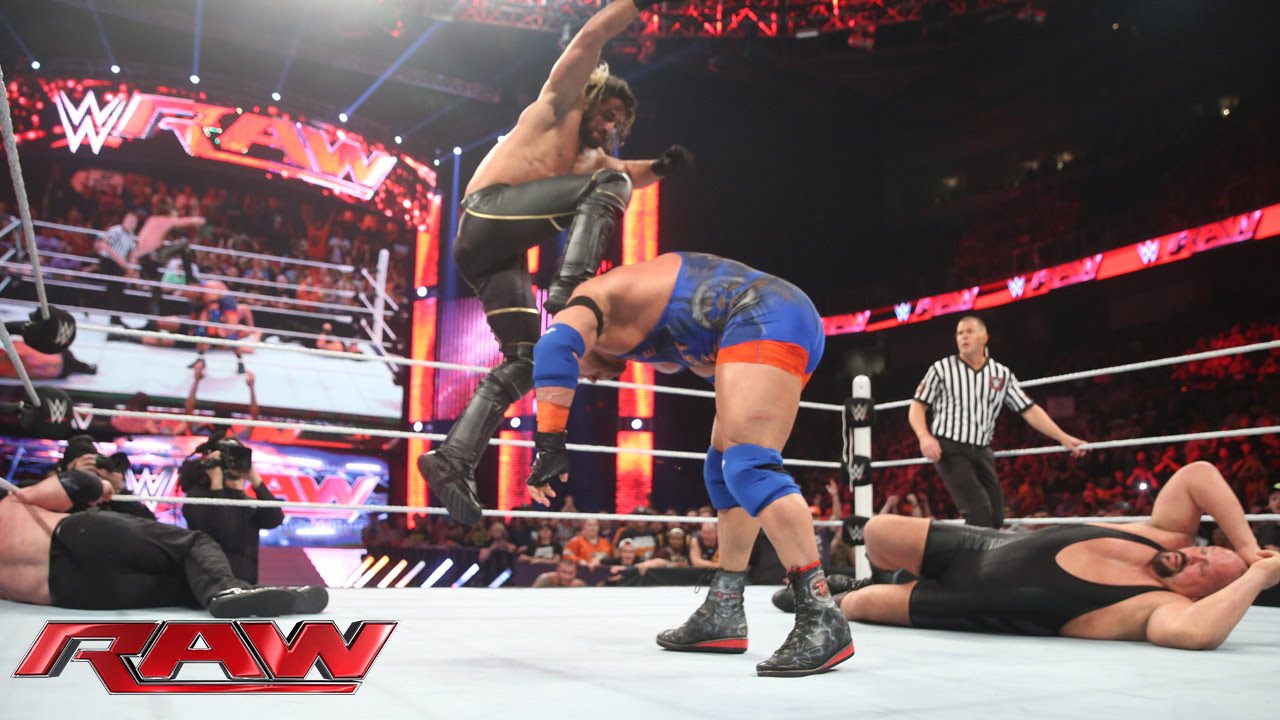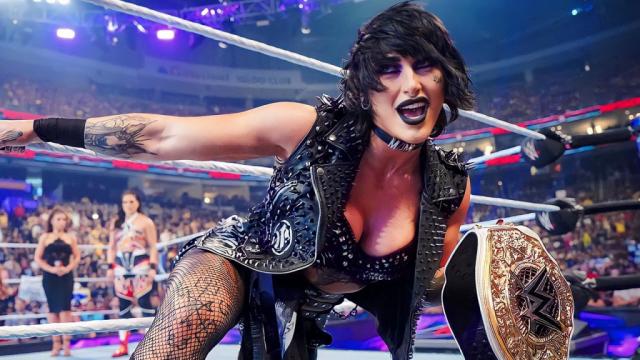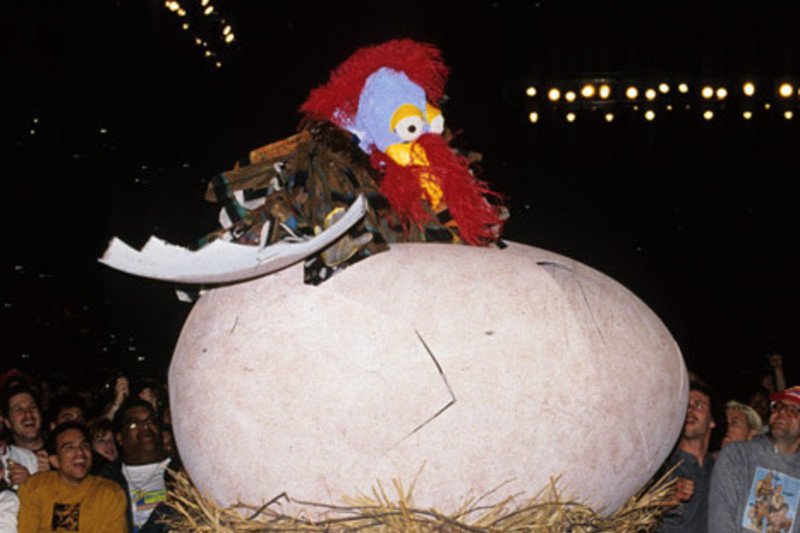From Script To Screen: How WWE Crafts Its Most Compelling Storylines
Professional wrestling is an art form in which drama and storytelling are mixed with athleticism to form one of the most powerful combinations for millions of fans around the world. Driving this spectacle is a very complex process aimed at creating compelling storylines that originate honest emotions throughout, and build moments to be remembered. WWE has led the industry into this important conduit of sport. The article gets into the process of how WWE creates the most exciting of storylines, examines from concept to real down-and-dirty production, and explores the elements that make the best of the stories gel with fans.
The Genesis of a Storyline: Conceptualisation
Brainstorming and Creative Meetings
It all starts in the minds of the creative team, consisting of writers, producers, and executives who all collectively come up with ideas to keep the programming fresh and interesting. Many times, these are collaborations with Vince McMahon, WWE’s Chairman and CEO; indeed, he plays a very hands-on approach to the show’s product as well as others like Paul “Triple H” Levesque, now in charge of NXT and lately holding a major role in the creative direction of WWE.
This superstars team also meets, reflecting on recent trends, fan reactions, and ways the character and storyline are heading. Ideas get thrown around or discarded for a better, compelling story moving in the right direction of the company by also showcasing the talents of the superstars.
Character Development
The second point is character development, which happens to be an integral part of story-line creation. The superstars within the WWE are large personas that really do require depth and relatability in case an attachment with the audience is expected; during this process, the role of a creative team cannot be discounted as they develop their development hand to hand with wrestlers. This is meant to bring in-depth development of the on-screen characters, ensuring they adhere to a motivation, clearly defined backstory, and clear personality traits.
For instance, the evolution of Bray Wyatt into “The Fiend” took the character in an entirely new direction with its horror style, and in terms of portraying intricacy, his psychology shone forth. So, considering this transformation, very careful planning and collaboration were required in creating his character so that fans’ resonance could be achieved.
Weaving the Narrative: The Elements of Fiction
Protagonists and Ant
At the basis of any great WWE storyline is that timeless good guy vs. bad guy paradigm—faces and heels in the old school. The necessity of that element achieves drama and gives interest in the unfolding story for a viewer. Additionally, the creative team has chosen those to play mostly the hero and heel roles based on crowd reactions, in-ring work, and even microphone skills.
For example, part of what made Becky Lynch’s rise to the top of elite success—determining her as a particular character, “The Man”—curacy development from a simple face into a more anti-heroic character, one that blurs the lines of credibility in terms of good guy versus bad guy narratives. It placed her feud with Charlotte Flair in a more modern setting of hero versus villain, but the characters have gray areas, making the storyline of this better.
Short Term vs Long Term Storylines
WWE storylines range from short-term—weeks at most—to long-term, even month-to-month, or an entire year. The necessity of generally very tight plotting and regular consistency within long-term storylines is through the commitment it requires to maintain both readers’ interests and cohesive organization.
A long-term storyline, well past weeks and even extending into a month, is between feuds such as The Undertaker and Kane, lasting years and spanning betrayals and reunions, coupled with numerous matches having each of its own. This added layers of emotion and anticipation into every encounter because of the history of each character, making this one of the truly great storylines in the history of the WWE.
A Little Refresher on the Promo
Promos are a basic way to build stories and characters. This allows a wrestler not only to get across the motivations for an angle but also to use that time to provoke opponents or rile up the crowd. Good promos can add dimension to the storyline, morphing a simple feud into something more complex, personal, and highly heated.
For instance, CM Punk’s infamous 2011 “pipe bomb” promo is a good example of a promo that, if well done, can draw the audience in and bring a storyline to life. There’s really no way for any wrestling fan to forget that night—a completely off-the-cuff, ranting tirade by Punk while aiming barbs at WWE management and his fellow superstars. He crossed make-believe and reality lines so astoundingly well that it created a buzz, making it reach other audiences of people who were passively watching.
Persona Disa vs. Foepp
In-Ring Action
While promos and character development are a sincerely important part of professional wrestling, it is in the ring where the storylines really play themselves out. Not only are the matches athletic contests, they also show a physical demonstration of the stories one is being told. What makes professional wrestling so special is the story told within that match itself through moves, pacing, and psychology.
Wrestlers work in close facilities with producers and agents to map out their matches in a way that dignifies the overall storytelling project. For a showcase like WrestleMania, weeks are poured into planning and rehearsal in order to have everything—from bell to bell—working towards advancing or resolving plot points with the audience.
Cinematic Matches
In the past couple of years, WWE has dabbled into the art of cinematic matches—pre-recorded, heavily edited bouts with elements that border on filmmaking. This allows for a lot more creativity and storytelling capabilities, quite often treading the thin line between reality and fantastic imagination.
A great example of how the cinematic match should be done right: the Boneyard Match between The Undertaker and AJ Styles at WrestleMania 36. This very experience, filled with cinematic techniques and special effects, with a screamed-at-the-top-of-its-lungs narrative finally formed in the right way, making it just unforgettable in the annals of the WWE. This is a great example of how WWE can cause innovation and change within its delivery of stories to fit with other contexts and audiences.
Audience Interaction
There is an important stakeholder in the process regarding the storytelling of the WWE: the audience. The audiences in WWE can actually direct the flow of a storyline. Most of the time, the creative team is on its toes to change the storyline according to real-time audience action or feedback. WWE also capitalizes upon various social media to measure the audience’s sentiment and gain involvement.
For example, a great part of why Daniel Bryan made it into the main event in 2014 is owed to great fan support. The “Yes” Movement gathered steam and acted as a cultural phenomenon all its own, forcing WWE to abandon its plans and play along with the newfound support for Bryan. The organic outburst of support had really epitomized the notion of how WWE and their audience can synergize on levels of story.
Behind the Curtain: The Creative Team
Scriptwriters and Playwrights
The creative team for WWE is very broad and presents a variety of different points of view and skill sets, from writers to producers. Writers work on promo scripts, storyline development, talking, and lines of dialogue, whereas producers will meet with the wrestlers to set their shot up and then produce the matches themselves.
The collaboration between writers, producers, and wrestlers is essential to fashion cohesive, captivating storylines. In many cases, a producer is actually a former wrestler, understanding both in-ring and out-of-ring physical and psychological dynamics of wrestling to ensure that in-ring storytelling fits with outside-the-ring narrative.
Collaboration with Working Wrestlers
Wrestlers are not mere performers; they are the cores contributing to that story. WWE usually allows the superstars to give input and bring ideas about their characters and the flow of their stories so as to be able to work well. This also allows proper collaboration so the stories are authentic in nature and resonate with both the workers and the fans.
An example is Bray Wyatt’s character development into “The Fiend,” really his idea and creativity put to the full. He worked hand in hand with the creative team to flesh out what the character’s backstory should be, his motivations for actions, and how the character would present himself, and it created a very compelling, unique persona that caught many fans by surprise.
Challenges and Adaptations
Unpredictability and Injuries Keeping a WWE storyline running smoothly is indeed one of the biggest challenges, with how live events can be very unpredictable and the physical nature of wrestling. Injuries, which often derail very able storylines in the making, sometimes force the creative team to switch angles very quickly. If the top stars get hurt, it translates into a ripple through various storylines and feuds.
A good example was the incidence of Roman Reigns in 2018, who had to go away at the time because of leukemia. With Roman Reigns leaving, the main event scene was left with a wide chasm without him. His absence meant the creative team was forced to think on its toes and create new storylines.
Balancing Tradition and Innovation
WWE is a heritage organization that lives by respecting the traditional things, so it has always tried to find a fine line in keeping it alive for respect against innovation in the product and keeping the interest alive. The creative task ahead is working out a way to innovate the show without losing its core more long-term base of fans.
The introduction of Women’s Evolution is one particular way in which tradition has been balanced with innovation. WWE did so in showcasing the modern female talent with unprecedented grandeur yet still paying tributes to the female wrestlers who had gone before them. This initiative not only resonated with their fans but brought in new viewers in the process, once again showing how correctly WWE knows how to evolve without forgetting its heritage.
Controversies
WWE’s storylines often cross the envelope and explore the controversial subject. Though this could make for good television, it again risks backlash from the audience, sponsors, and media. The creative team has to judiciously plan these, making the storylines entertaining enough but ensuring that they do not cross the line.
For instance, the “Attitude Era” in the late 1990s and early 2000s introduced a more gritty and controversial presentation. While this era resulted in big ratings and new mainstream eyes, it also came under increasing fire in terms of treatment of various issues. WWE has since adapted techniques, seeking always to challenge audiences with passion both for content and for being socially responsible at the same time.
Role of technology
Advanced Production Techniques
Modern technology, with the level of innovativeness, has enabled WWE in storytelling. Advanced production techniques, including high definition cameras and modern lighting with special effects, enhance the presentation of visuals pertaining to the stories. Such technologies now enable WWE to create an even more immersive, lively experience for the fans. The Thunderdome, which WWE launched as the pandemic was hitting, typifies how to use tech to advance the story. With a more immersive virtual fan experience using augmented-reality graphics, the WWE sustained engagement with audiences, creating a 12th-ranked spectacle in the environment categories.
Digital Media and Online Platforms
Social media and digital platforms serve as the key essence to WWE’s strategy of storytelling. Wrestlers and storylines need to come off the screen, and social media is developing with changes in plot. Twitter, Instagram, and YouTube let WWE work up some real hype, provide behind-the-scenes shots, and, surely, communicate real-time with the global audience.
It wasn’t until leading up to WrestleMania 35 that her use of Twitter really caught the attention of Becky Lynch, Ronda Rousey, and Charlotte Flair as each one went back-and-forth on their respective official Twitter accounts in a conversation that created depth in the story. Those interactions gave depth to the in-ring story experience in a way that was cross-platform.
Conclusion
WWE’s great storyline writing is an art that is multilayered and full of creativity, partnership, and adaptability. From the initial development of ideas through to how events are enacted in the ring, everything is thought out for maximum effect on the audience and to proliferate vivid moments. WWE’s ability to balance tradition with innovation, self-definition, and utilization of modern technology secures the frontier of storytelling in today’s modern entertainment world. As WWE continues to progress, a lot of the development of its storytelling portion will be central to propelling this wrestling juggernaut to new heights in defining an audience and setting the course of professional wrestling in the future.






